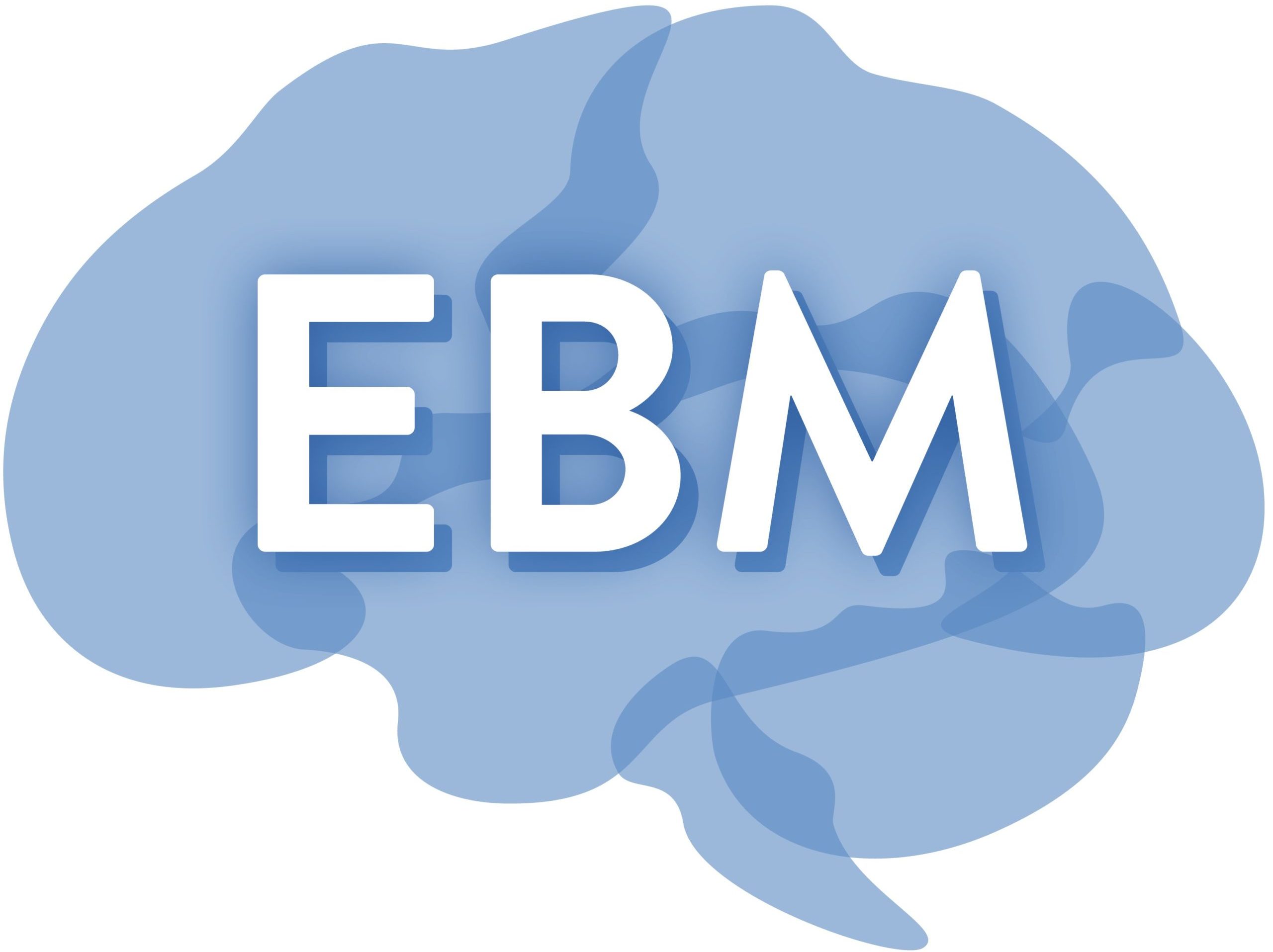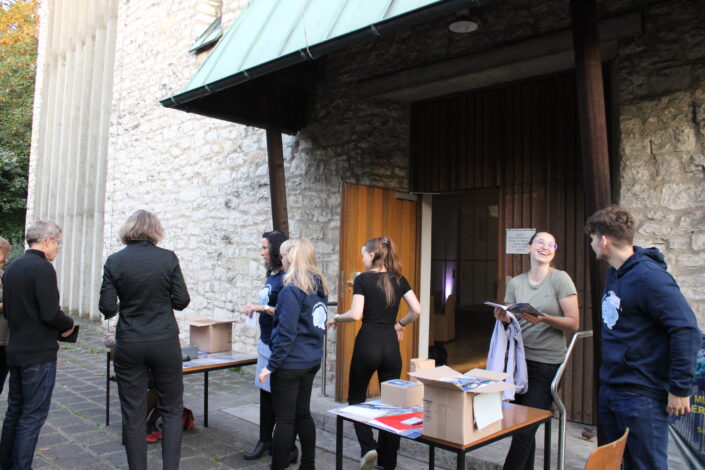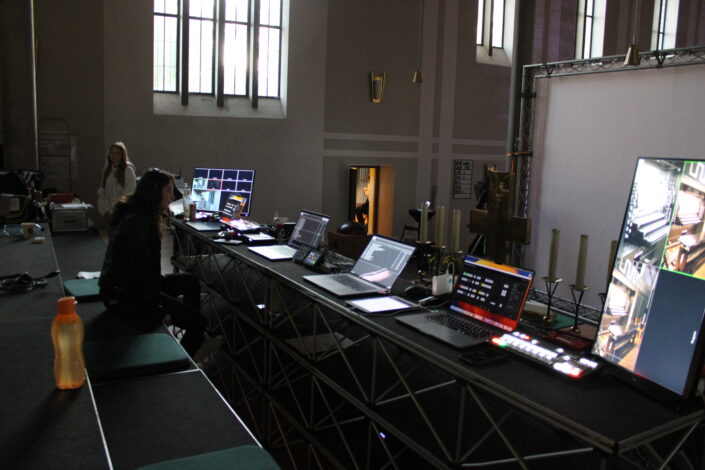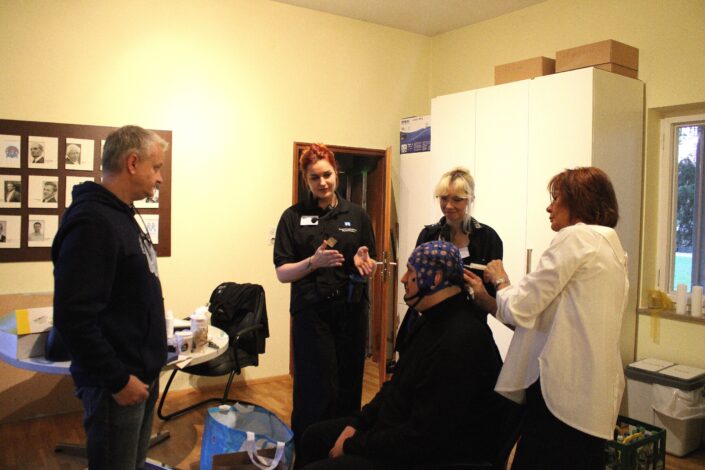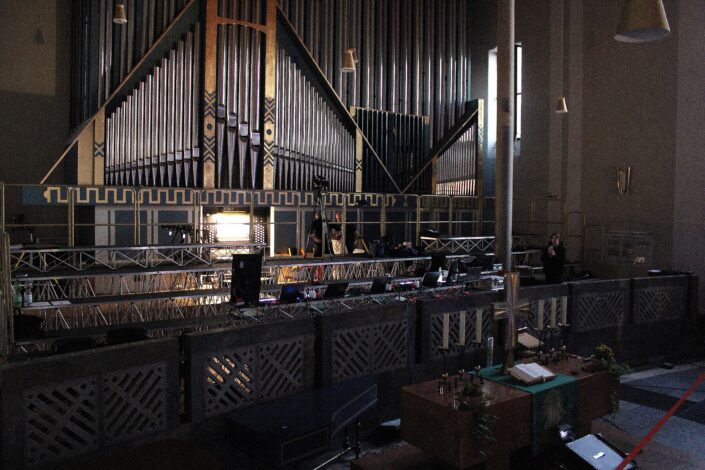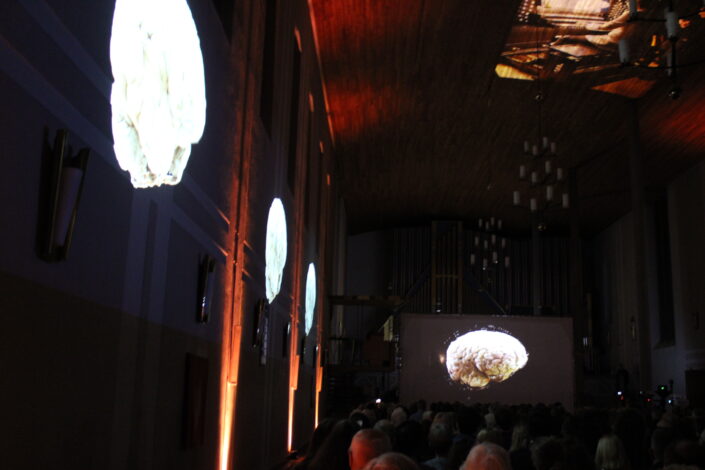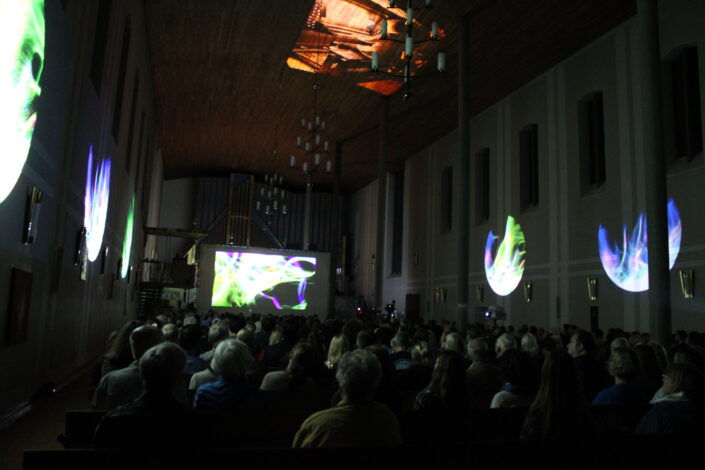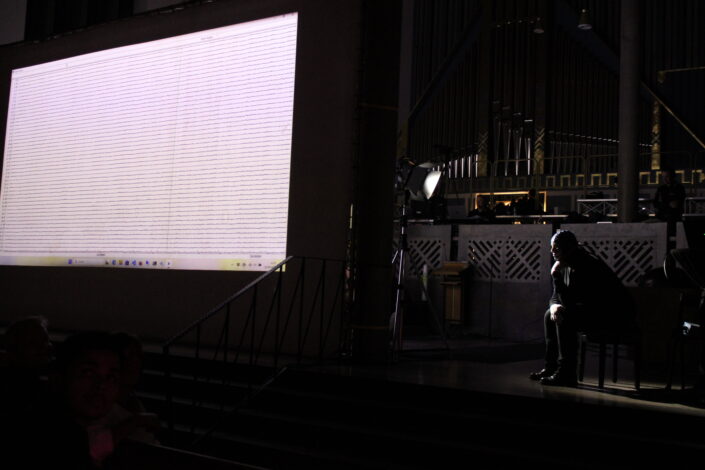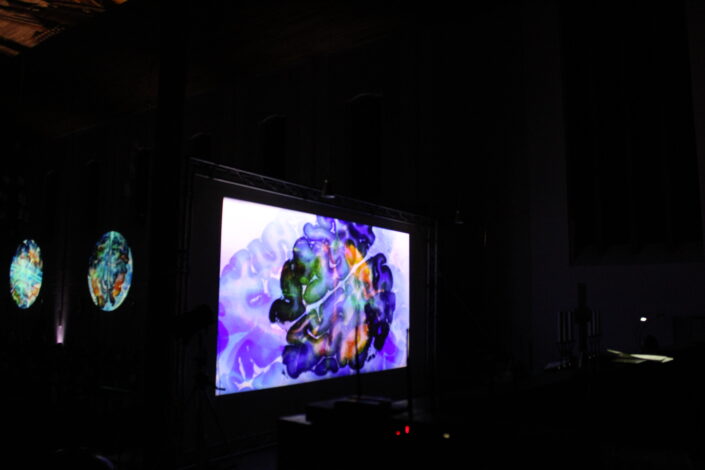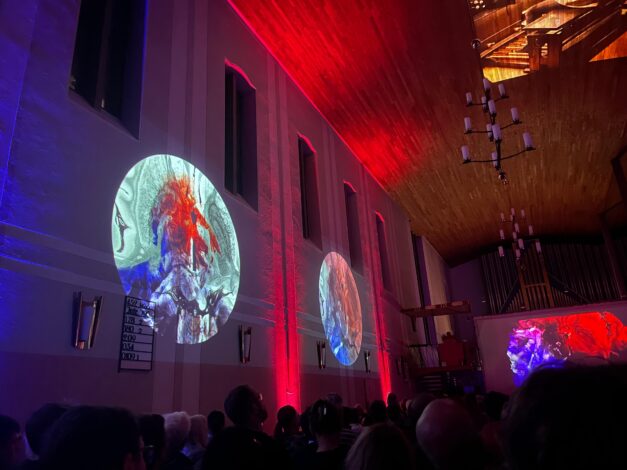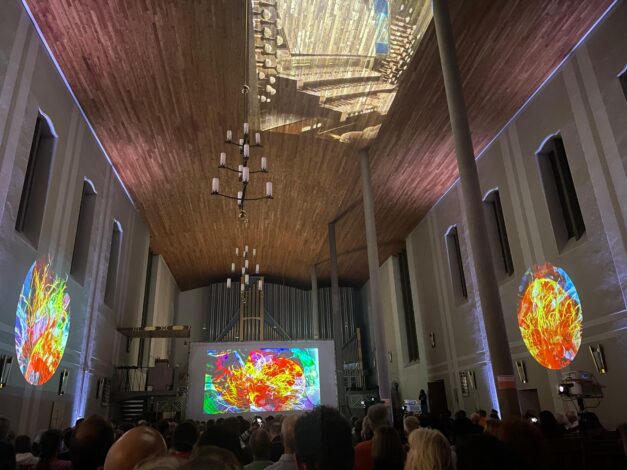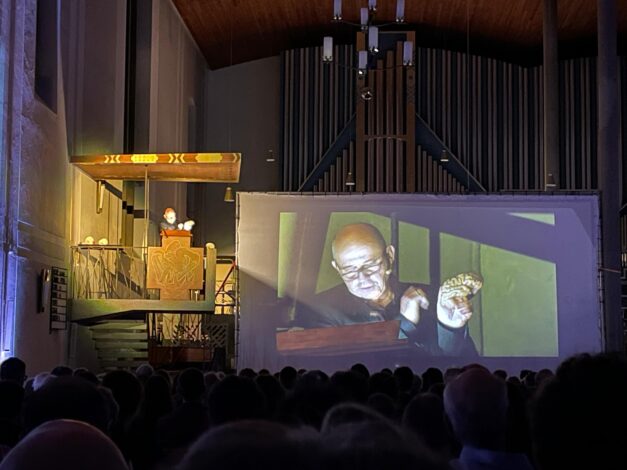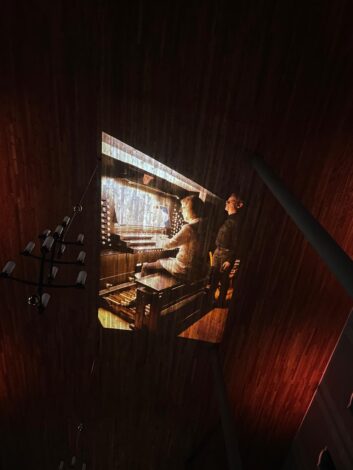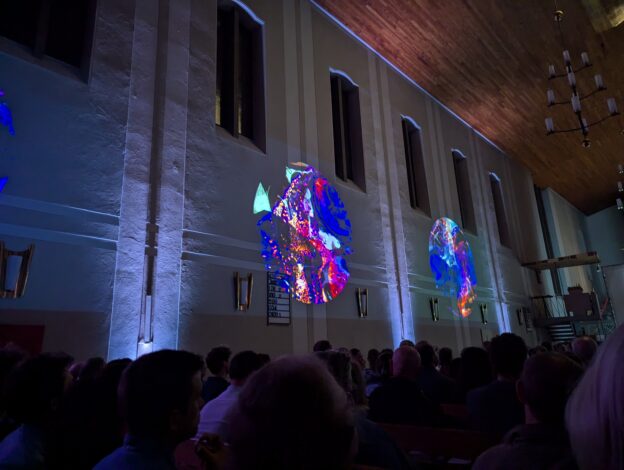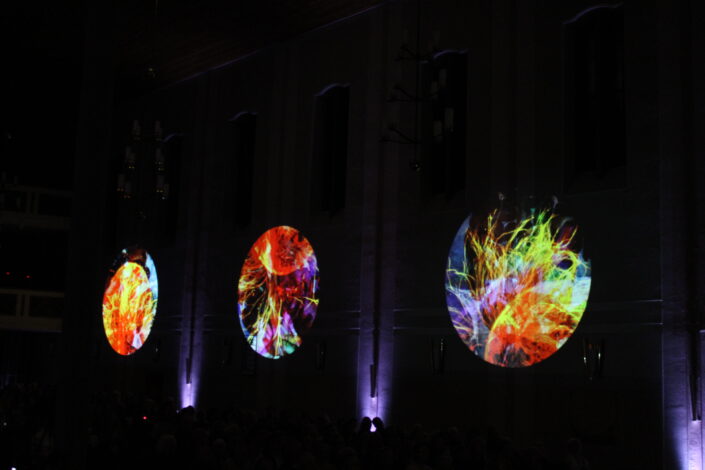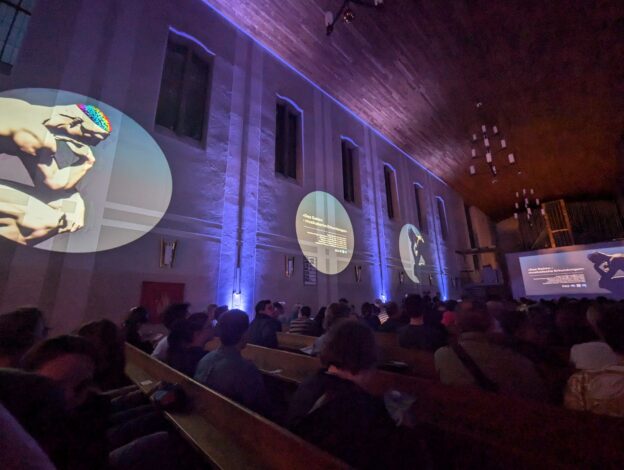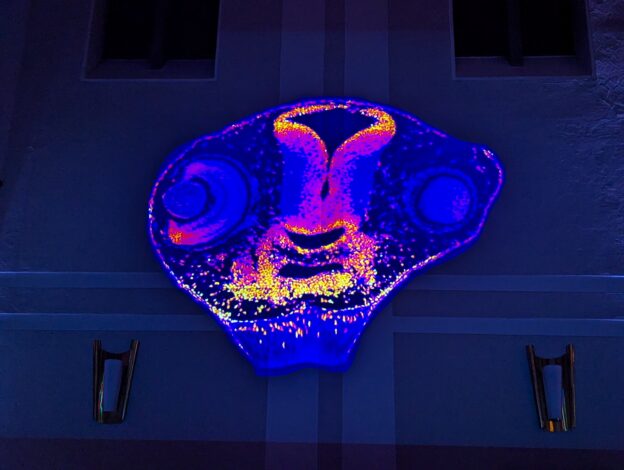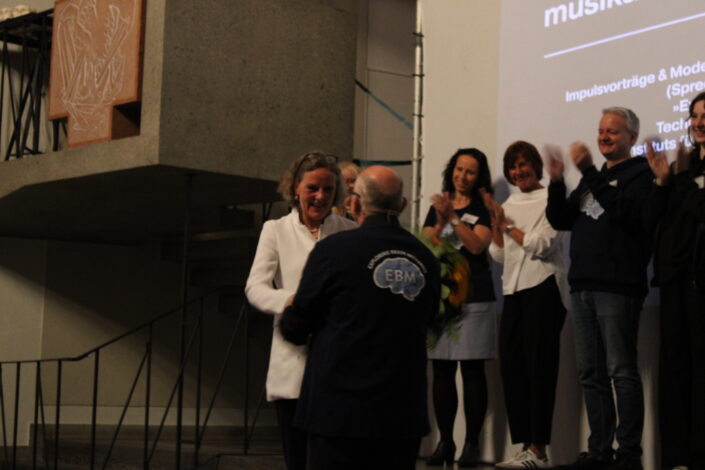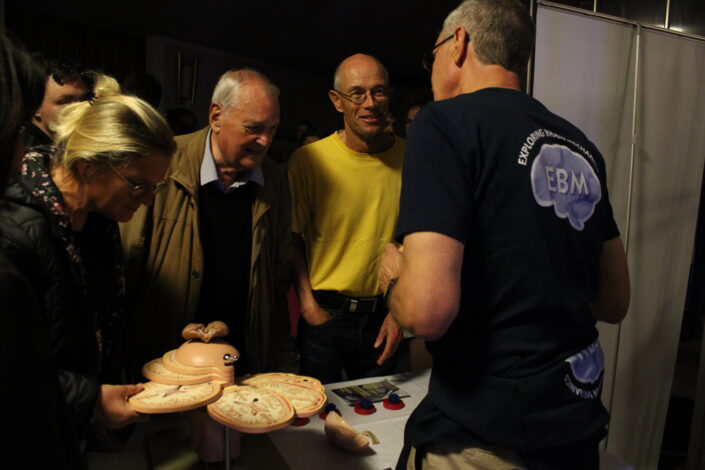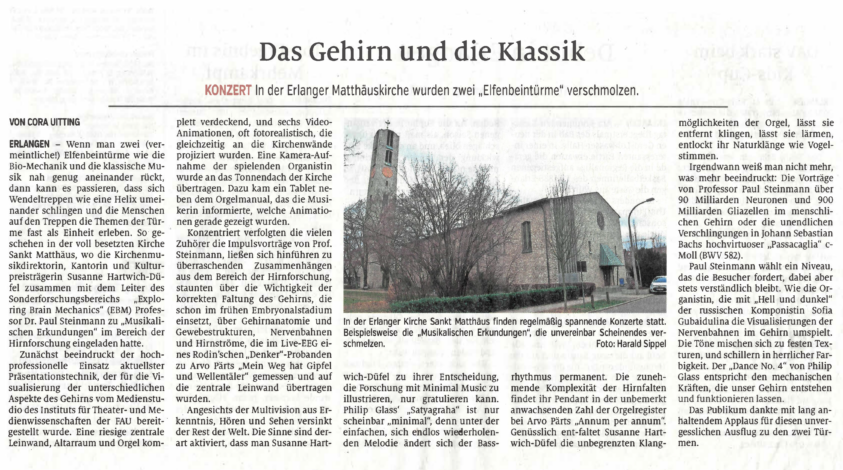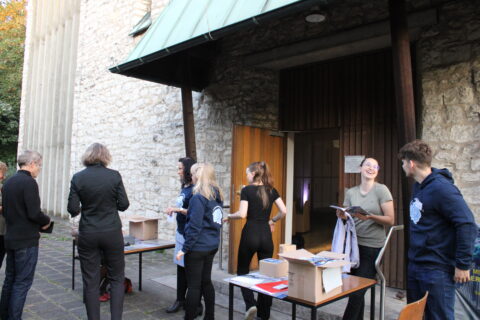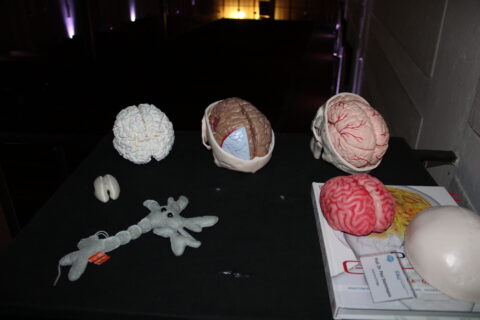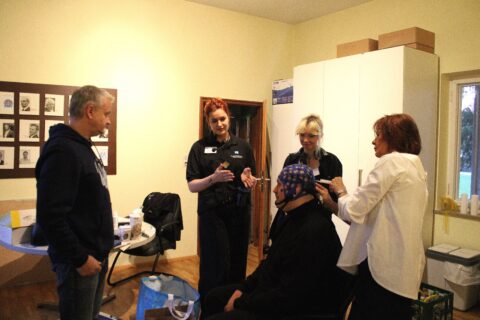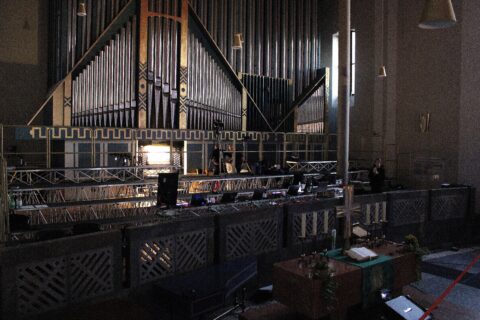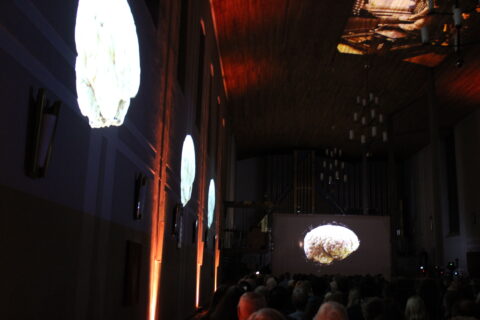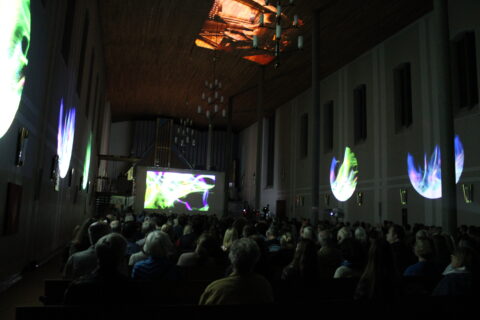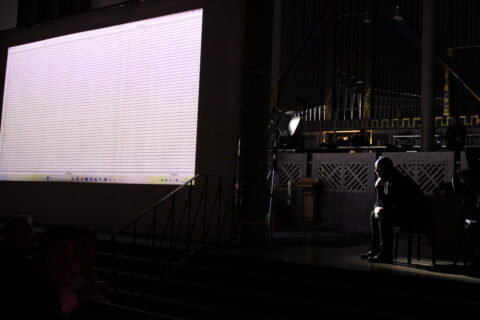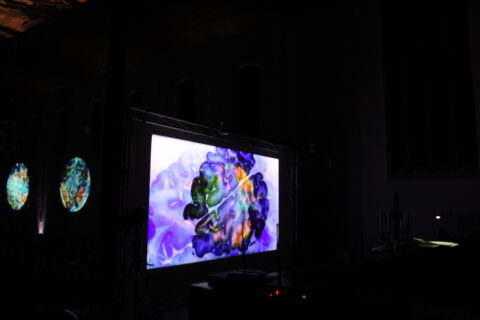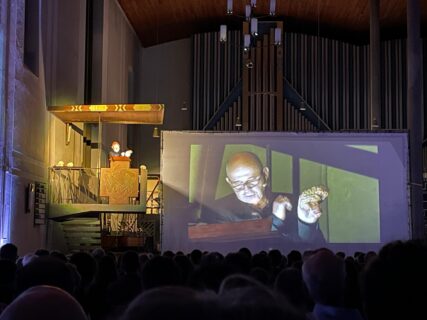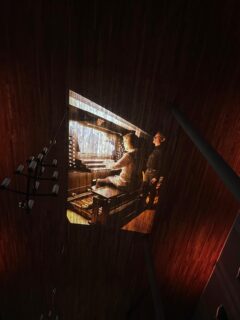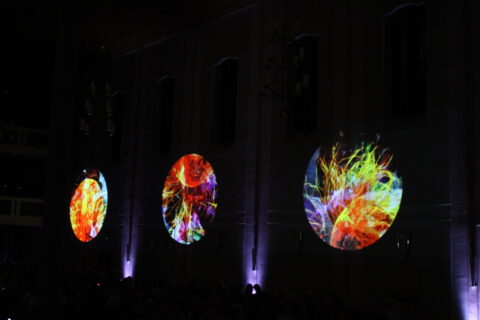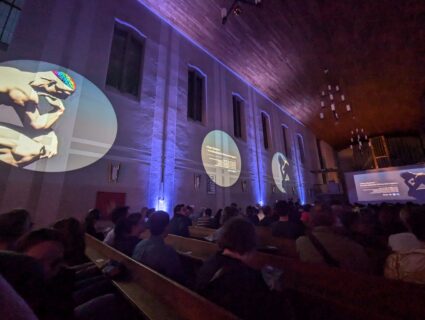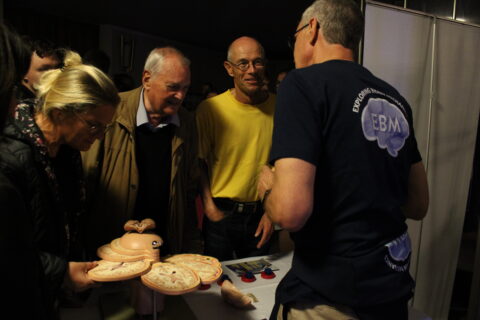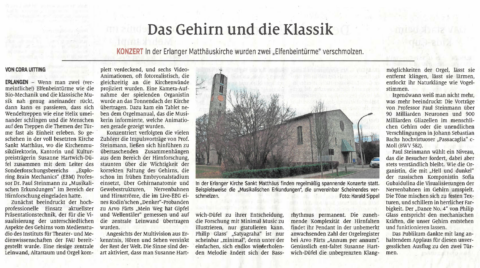„Das Gehirn – Musikalische Erkundungen“ at the Matthäuskirche Erlangen
„Das Gehirn – Musikalische Erkundungen“ at the Matthäuskirche Erlangen
On September 21, 2024, an extraordinary interdisciplinary event took place at Matthäuskirche in Erlangen. Titled „Das Gehirn – Musikalische Erkundungen,“ the event merged science and organ music into an impressive audiovisual experience. Organized by the Collaborative Research Center (SFB) 1540 „Exploring Brain Mechanics“ (EBM) in collaboration with church music director Susanne Hartwich-Düfel and the media studios of the Institute for Theater and Media Studies (ITM) at Friedrich-Alexander University Erlangen-Nuremberg (FAU), the event guides the audience on a fascinating journey into the world of the brain. This concert, part of the established series „Wissenschaft und Orgel“ (Science and Organ), uniquely combined music with scientific presentations and impulse lectures.
Catch a glimpse of the evening here (video/editing: Alexander Becker and Mayla Wind).
Fusion of Science and Music
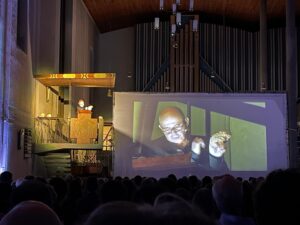 The evening began with scientific impulse lectures by Professor Dr. Paul Steinmann, spokesperson of EBM, who guided the audience into the complex world of brain anatomy, brain mechanics, and neural networks. Paul Steinmann succeeded in making even complicated scientific topics, such as the folding of the brain and neuronal signal transmission, understandable and fascinating.
The evening began with scientific impulse lectures by Professor Dr. Paul Steinmann, spokesperson of EBM, who guided the audience into the complex world of brain anatomy, brain mechanics, and neural networks. Paul Steinmann succeeded in making even complicated scientific topics, such as the folding of the brain and neuronal signal transmission, understandable and fascinating.
These lectures were accompanied by impressive visualizations developed by the ITM media studios at FAU. The large-scale projections. displayed on a screen in the altar area and on the walls of the church, ranging from photorealistic animations to live EEG measurements, which visualized the brain activity of a proband visible during Arvo Pärt’s piece “Mein Weg hat Gipfel und Wellentäler”. This harmonious combination of images, sound, and science allowed the audience to immerse themselves deeply in the subject matter and created an emotional connection to the scientific content.
„Just unbelievable experience: exploring mechanics of brain with beautiful visualization, organ music, and accessible explanations by Prof. Paul Steinmann.“
Music as a Reflection of Brain Processes
Susanne Hartwich-Düfel provided the musical backdrop for the evening with a program carefully selected by Paul Steinmann that was perfectly aligned with the topics of brain research. The audience was led through various musical moods with works by Johann Sebastian Bach, Arvo Pärt, Philip Glass, and Sofia Gubaidulina, which reflected the complexity of the brain.
Particularly impressive was Bach’s „Passacaglia in C Minor“ (BWV 582), whose intricate structures are reminiscent of the convolutions and complexities of the brain. Gubaidulina’s „Hell and Dark“ seemed like a musical image of the nerve pathways, which were colorfully visualized in the video installations. Pärt’s „Annum per Annum“ subtly musically portrayed the development and increasing complexity of the brain. The expanding sound registers of the organ created an atmosphere of wonder, inviting the audience to reflect on the evolution of human thought and the ever-growing capabilities of the brain. Glass’s „Dance No. 4,“ which rounded off the program, dynamically connected the interdisciplinary topics of the research conducted by the SFB „Exploring Brain Mechanics“ (EBM) and brought the diversity of brain mechanics to life.
„Imagine Bach, Philip Glass, and stunning brain visuals all coming together in perfect harmony. It was a beautiful reminder of how art and science can connect in unexpected and inspiring ways (and places).“
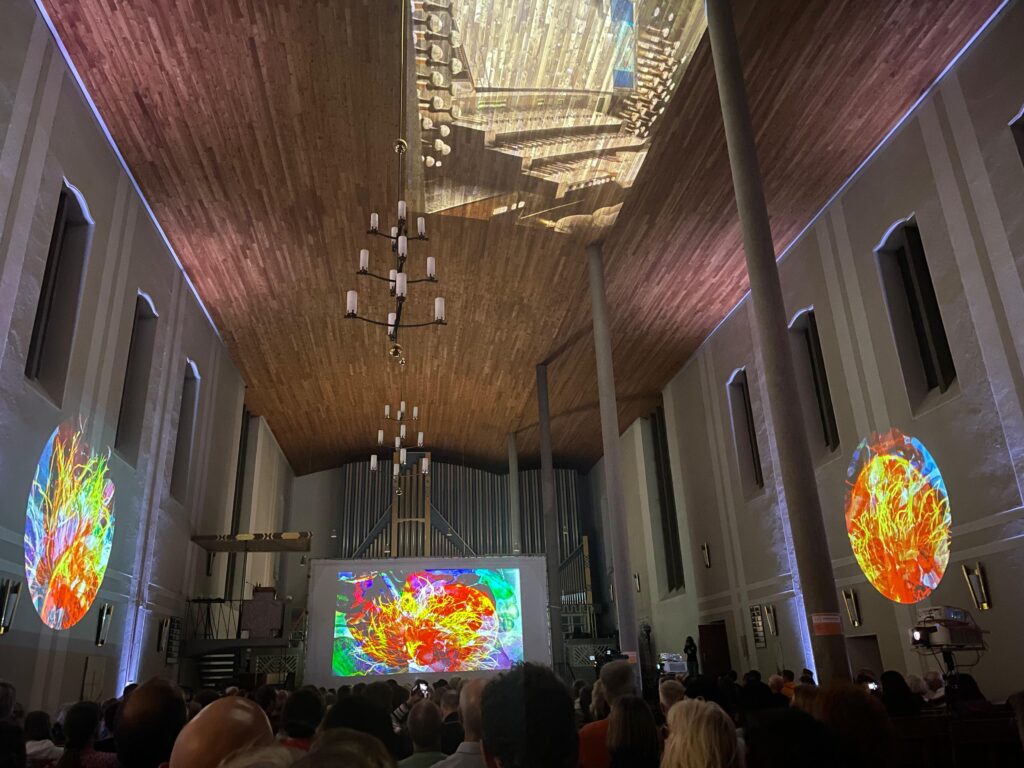
An Experience for the Senses
The interplay of music, science, and visual representations was more than just a concert or a lecture – it was a multisensory experience. A live camera feed of the organist playing was projected onto the barrel ceiling of the church, allowing the audience to visually engage with the artist’s performance. The fusion of the arts and sciences blurred the boundaries between both disciplines and created a completely new perspective on the brain and its processes. Visitors experienced firsthand how music not only evokes emotions but also has a direct influence on our brain activity.
„Last night was pure magic! I had the pleasure of diving into the world of brain research and organ music at the „Science and Organ“ event …“
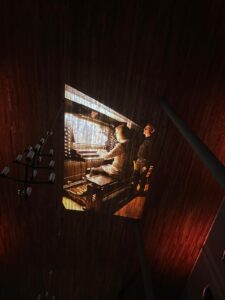
The room of the Matthäuskirche, with its impressive organ and simple, neutral interior design, provided the ideal setting to unite science and art in this way.
A Resounding Success
The event „Das Gehirn – Musikalische Erkundungen“ thrilled the audience from beginning to end, receiving prolonged and enthusiastic applause. Both the scientific content and the musical performances offered the visitors profound insights into the function of the brain and its significance for our lives. Following the event, guests had the opportunity to engage in conversations with experts from various research areas of EBM during a reception. They could ask questions and explore the fascinating aspects of brain research through the exhibited 3D models of the human brain.
„Ich kann nur sagen g r a n d i o s ! Herzlichen Dank für einen unvergesslichen Abend!“
„Das Event gestern hat meine Erwartungen übertroffen – richtig klasse gemacht!“
„Das Konzert war grandios und wir sind noch ganz überwältigt von den vielen tollen Eindrücken!“
„Wir gratulieren … es war ein sehr kurzweiliger Abend mit faszinierenden Bildern und außergewöhnlicher Musik!“
For those interested in further details:
- You can download the event program booklet here.
- Read an article about the event, including interviews, on the FAU website here.
